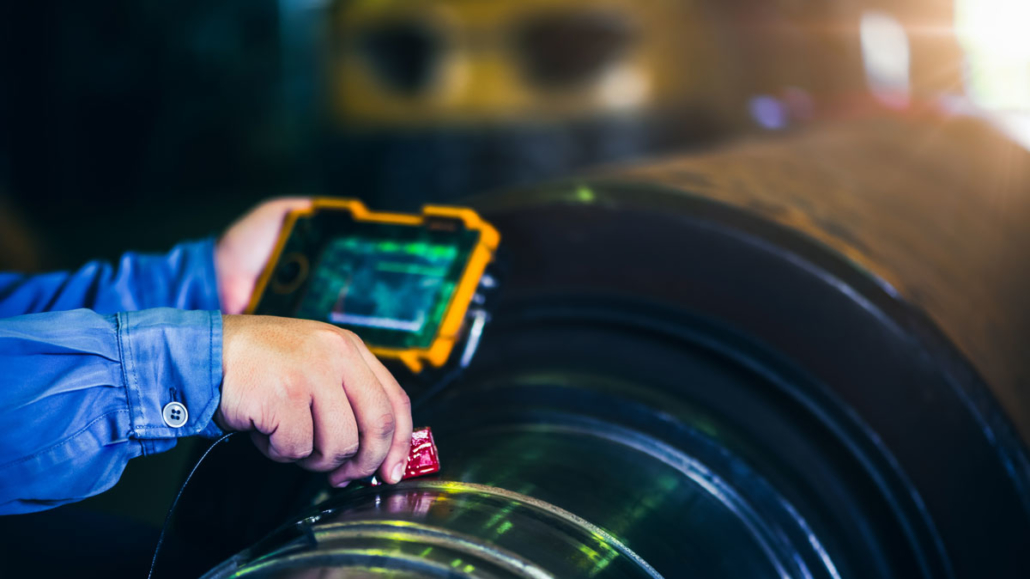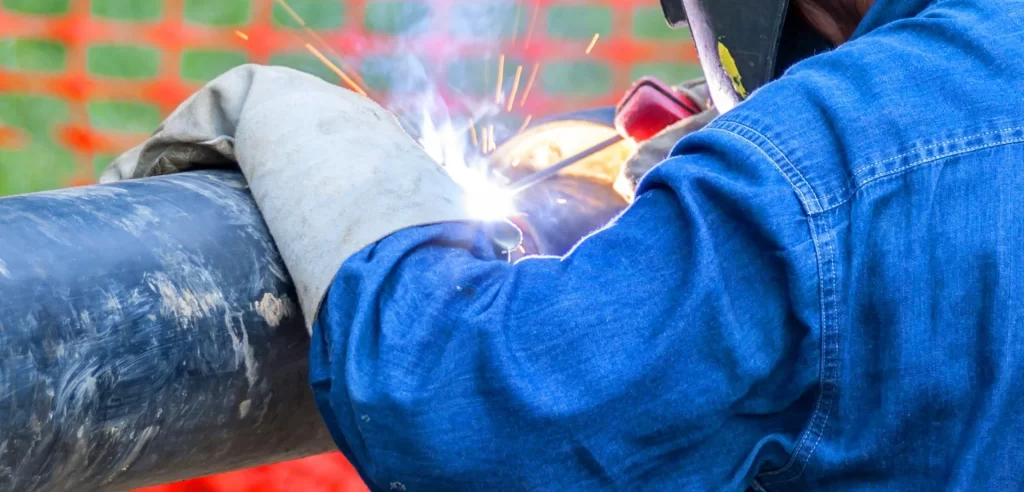Raise Welding Requirements with Professional Inspection Service
Raise Welding Requirements with Professional Inspection Service
Blog Article
Introducing the Diverse Variety Of Welding Services and Their Advantages
As sectors remain to demand and develop precision in their production procedures, the significance of welding services has actually come to be increasingly pronounced. From the adaptability of arc welding to the performance of MIG welding, and the intricate job accomplished via TIG welding to the accuracy of laser welding, the selection of welding techniques offered is huge. Each approach brings its own collection of applications and advantages, satisfying a vast array of needs across numerous sectors. Understanding these varied welding services and their advantages can provide useful understandings right into enhancing fabrication procedures and accomplishing exceptional outcomes.
Types of Welding Provider
Amongst the numerous kinds of welding solutions available, each deals special advantages and applications in various sectors. One typical type is MIG welding, additionally referred to as Gas Steel Arc Welding (GMAW), which uses a wire electrode to join metals together. MIG welding is valued for its speed and convenience, making it suitable for a vast range of materials consisting of aluminum, steel, and stainless steel. Another extensively utilized approach is TIG welding, or Gas Tungsten Arc Welding (GTAW), which utilizes a non-consumable tungsten electrode to produce a specific and clean weld. TIG welding is favored for its capacity to generate top notch welds in slim products, making it perfect for markets such as aerospace and vehicle.
Additionally, there is Stick welding, or Protected Metal Arc Welding (SMAW), which is recognized for its simplicity and performance, particularly in outdoor or gusty problems. There is Flux-Cored Arc Welding (FCAW), which is a functional process suitable for thick materials and can be utilized in both semi-automatic and automatic applications.
Advantages of Arc Welding
Arc welding provides a plethora of benefits that provide to various industrial needs and needs. Furthermore, arc welding is known for its high welding rates, which can dramatically boost productivity in manufacturing processes.
One more key advantage of arc welding is its capability to develop strong and long lasting welds. The warmth generated during the process assists to produce a metallurgical bond in between the base metals, leading to welds that have the ability to hold up against high levels of tension and pressure. Arc welding additionally generates accurate and clean welds, reducing the requirement for added ending up job. On the whole, the advantages of arc welding make it an important device for numerous sectors wanting to attain top notch welds efficiently.
Advantages of MIG Welding
With an emphasis on performance and sturdiness in welding procedures, MIG welding presents a distinctive collection of advantages that enhance the adaptability and strength found in arc welding. MIG welding, or Gas Steel Arc Welding (GMAW), is understood for its speed and convenience of usage.
Furthermore, MIG welding produces tidy welds with very little splatter, minimizing the need for comprehensive clean-up after the welding process. The convenience of MIG welding enables for welding a variety of materials, consisting of aluminum, stainless-steel, and mild steel. This flexibility makes MIG welding ideal for numerous industries, from automobile to building and construction.
Moreover, MIG welding is known for its high deposition rates, implying more material can be deposited in a shorter quantity of time contrasted to various other welding processes. This leads to boosted performance and cost-effectiveness for projects that require big quantities of welds. Overall, the advantages of MIG welding make it an important strategy for attaining durable and reliable welds across different applications.

Checking Out TIG Welding Benefits
TIG welding, also referred to as Gas Tungsten Arc Welding (GTAW), provides a distinct collection of benefits that provide to precision and control in welding applications. One of the primary advantages of TIG welding is its capacity to generate top notch, clean welds without the demand for filler product. This makes it perfect for welding thin materials where aesthetics and precision are important, such as in the aerospace and auto industries. In addition, TIG welding offers exceptional control over the warmth input, resulting in minimal distortion of the workpiece.
Moreover, TIG welding can be used on a broad check my reference variety of metals, including stainless steel, titanium, light weight aluminum, and copper, making it a versatile selection for different welding jobs. The procedure likewise allows for welding in various settings, providing adaptability in challenging welding situations.
Advantages of Laser Welding

One more advantage of laser welding is its convenience in working with a vast array of materials, consisting of metals, plastics, and also dissimilar materials. This flexibility makes laser welding ideal for varied markets such as auto, aerospace, electronics, and clinical gadgets. The non-contact nature of laser welding also reduces contamination, making it a tidy and ecologically pleasant welding approach.
Additionally, laser welding makes it possible for detailed and intricate weld geometries that might be challenging to achieve with standard welding strategies. This capability opens new layout opportunities and enables the manufacturing of lighter and a lot more innovative parts - Welding Inspection Service. In general, the advantages of laser welding make it a favored choice for several manufacturing applications looking for high accuracy and efficiency
Conclusion

Arc welding supplies strong and resilient welds, while MIG welding uses efficiency and adaptability. TIG welding guarantees clean and specific welds, and laser welding offers high precision and speed.
From the adaptability of arc welding to the efficiency of MIG welding, and the elaborate job accomplished with TIG welding to the their explanation precision of laser welding, the range of welding strategies available is large. One common kind is MIG welding, also known as Gas Steel Arc Welding (GMAW), which uses a cable electrode to sign up with metals together. Additionally, arc welding is recognized for its high welding speeds, which can substantially boost performance in making procedures.With an emphasis on performance and durability in welding processes, MIG welding provides a distinctive collection of advantages that match the convenience and strength discovered in arc welding.TIG welding, also known as Gas Tungsten Our site Arc Welding (GTAW), offers a distinctive collection of advantages that provide to accuracy and control in welding applications.
Report this page